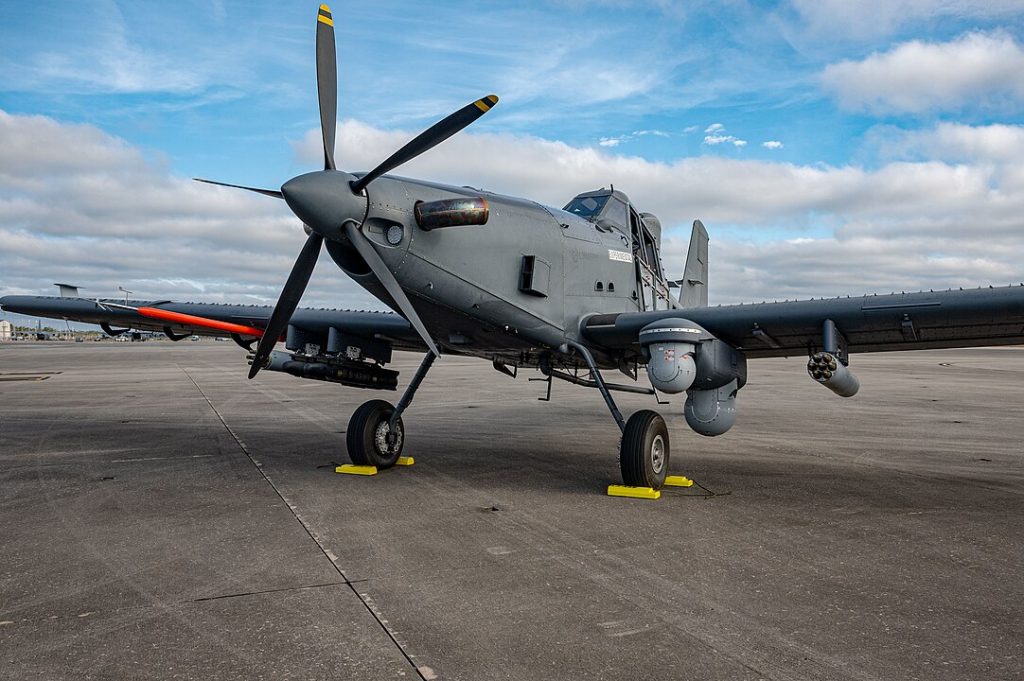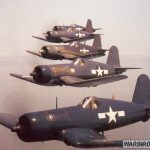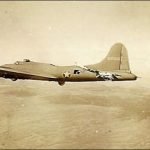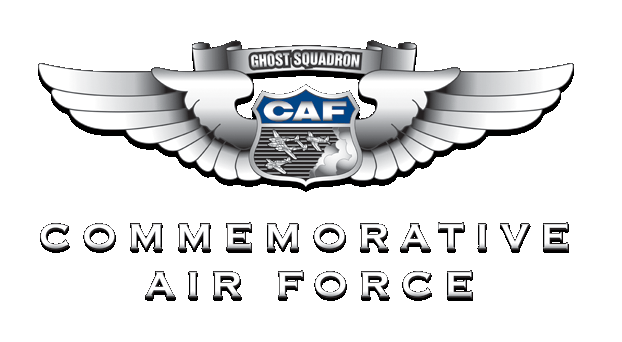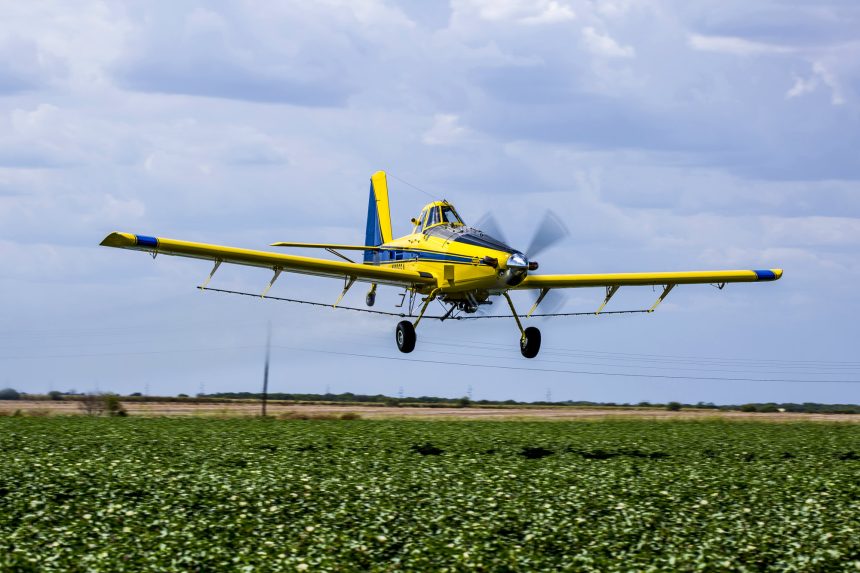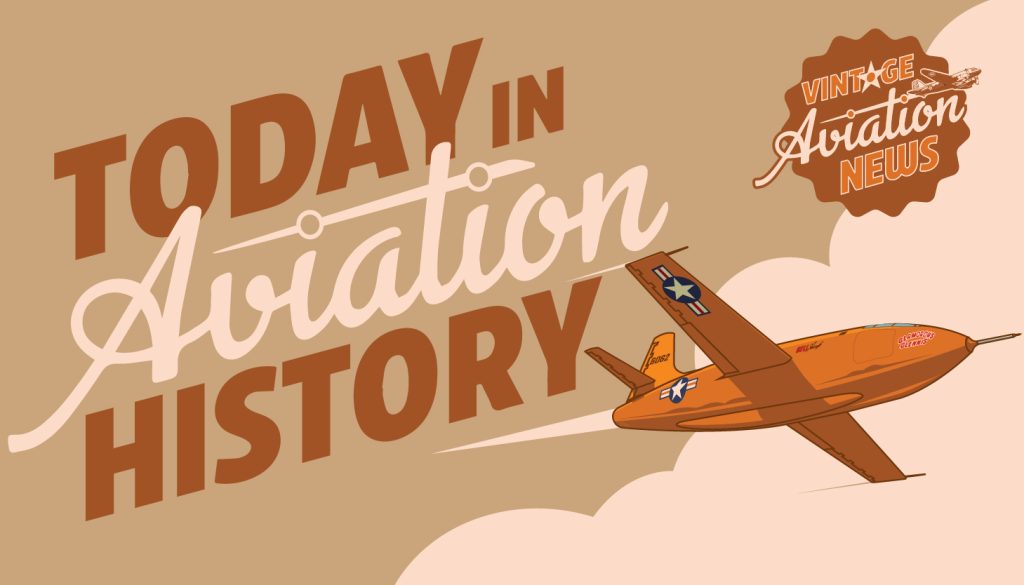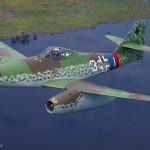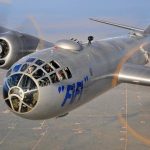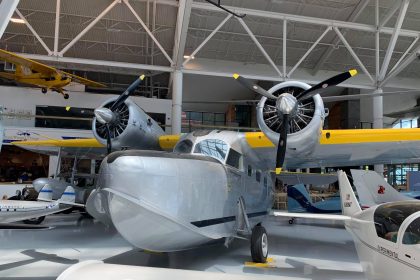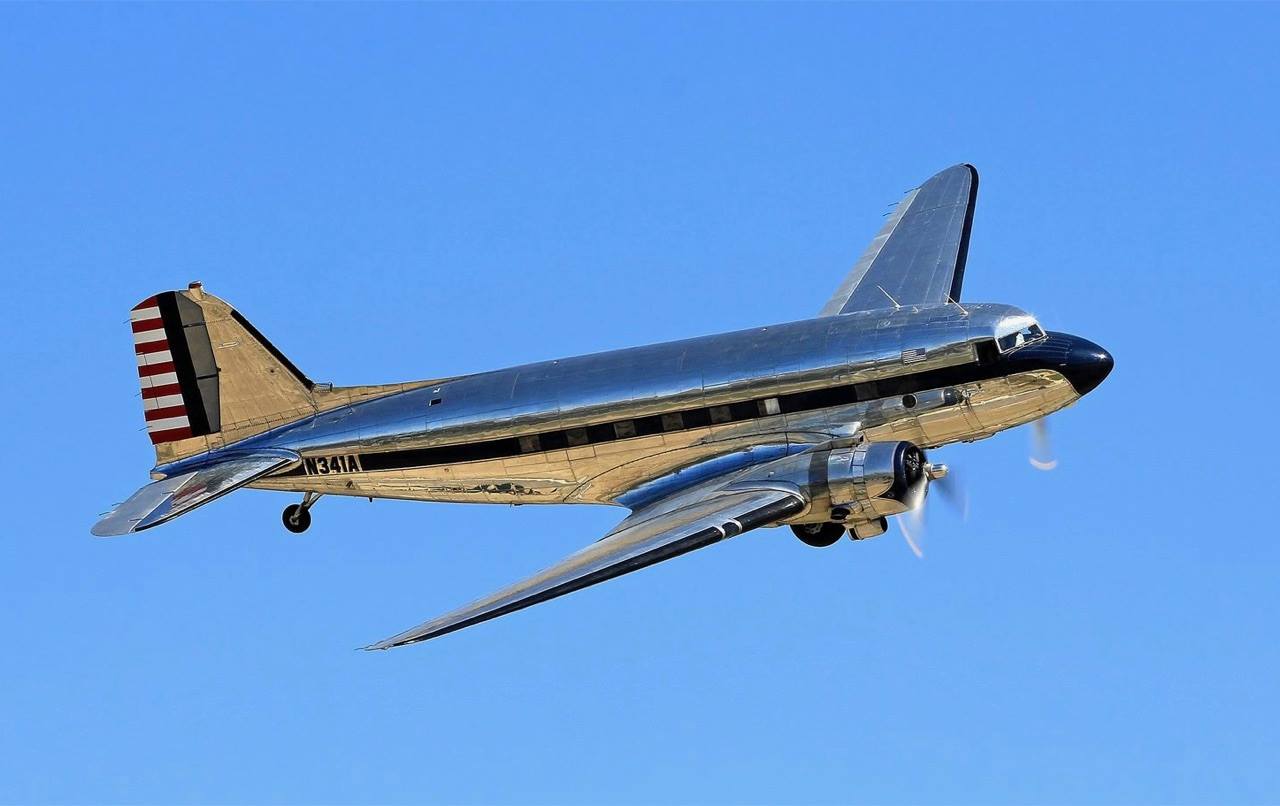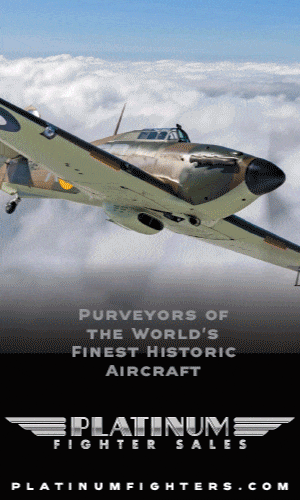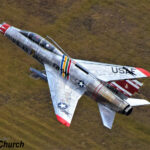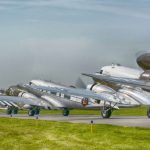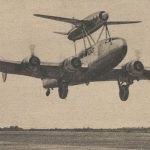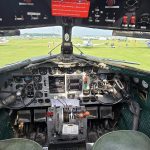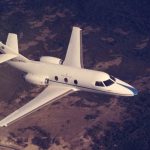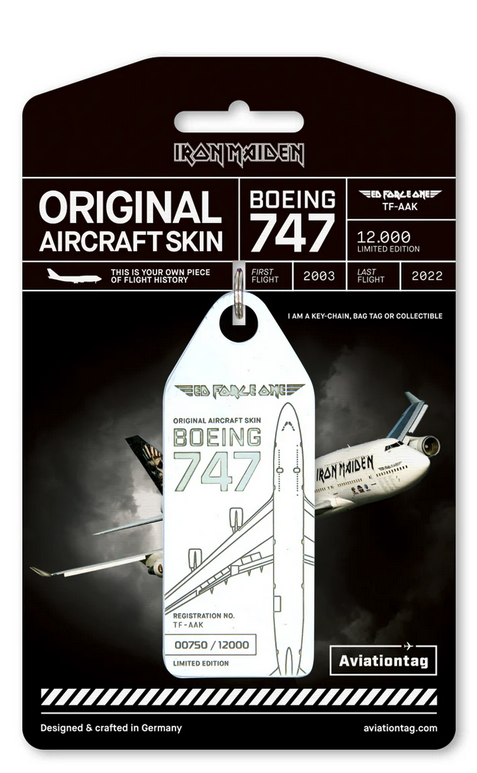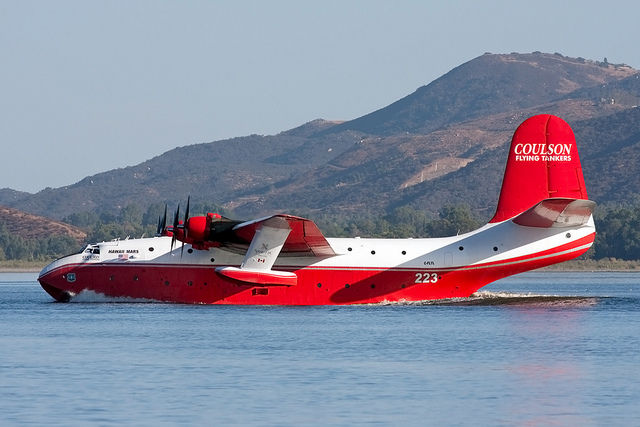On this date in aviation history—April 25, 1986—we celebrate the 39th anniversary of the first flight of the Air Tractor AT-500. Developed as an aerial application platform, the Air Tractor was purpose-built to deliver pesticides and fertilizers over vast agricultural areas. The AT-500 helped shape the modern era of “crop dusters” with a design focused on efficiency, visibility, and maneuverability.
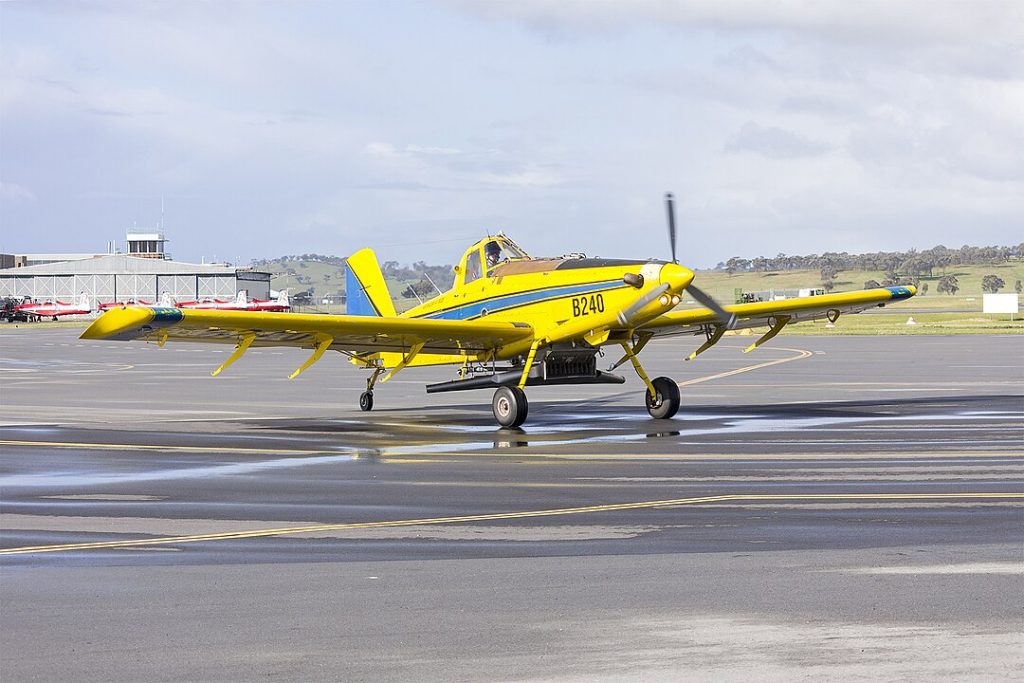
The cockpit is positioned to provide optimal visibility over the agricultural “battlefield,” giving pilots a clear view of their spray path. The aircraft’s control surfaces are engineered to support tight turns and rapid climbs—maneuvers often repeated throughout a typical spray mission. The AT-500 series was designed around a central feature: the chemical hopper, located between the cockpit and the engine firewall. Multiple variants were developed, including tandem-seat configurations for training, observation, and chemical loading. The AT-502B, one of the most notable versions, features a 500-gallon chemical hopper and is powered by a 750-horsepower Pratt & Whitney PT6A-34AG turboprop engine. With a top speed of 154 miles per hour and a range of 800 miles, the aircraft often runs out of chemicals before fuel—allowing for extended loiter time on task.
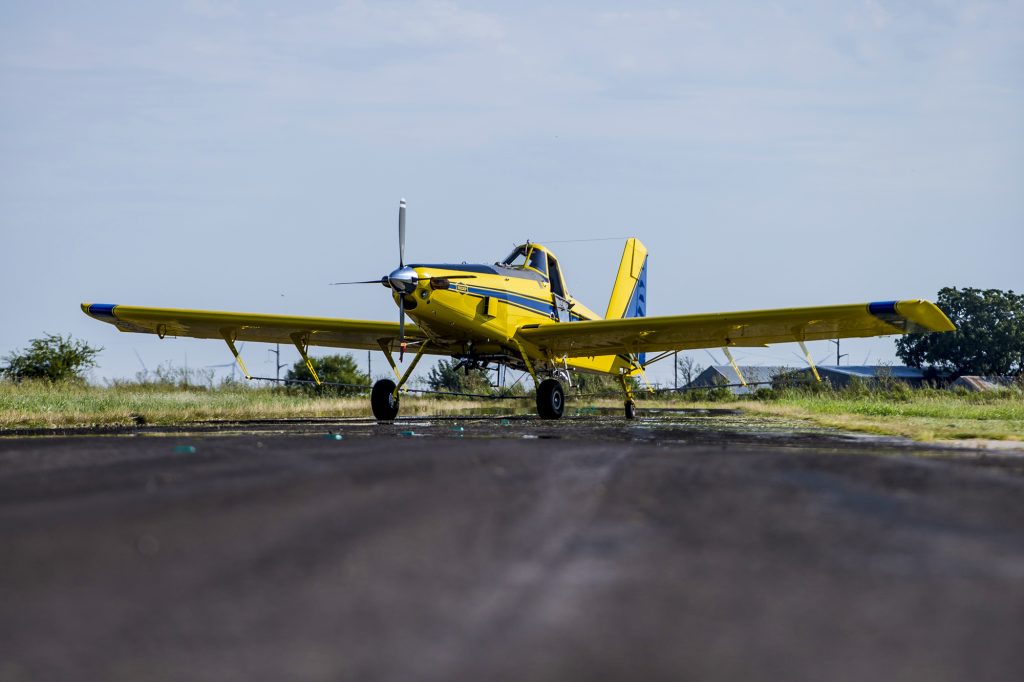
In recent years, the Air Tractor has taken on an unexpected second life—stepping into a role once filled by the Fairchild A-10 Thunderbolt II. As part of the U.S. military’s OA-X program, the Air Tractor AT-802U was evaluated for light attack and armed overwatch missions. In partnership with L3Harris, the militarized OA-1K Skyraider II is now in production and entering early service. If history is any guide, the Air Tractor may once again prove that practical, rugged, and “ugly” aircraft can still play a vital role in America’s aerial arsenal.
